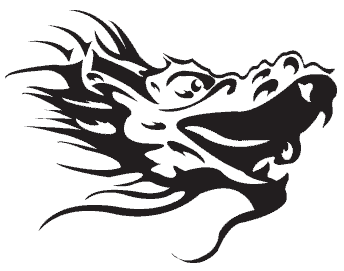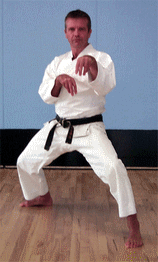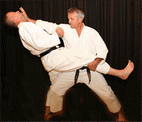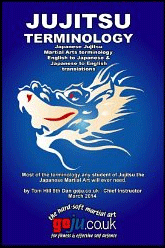Kururunfa Kata
('Holding Ground' or 'To destroy with ancient Mantis techniques')
The kata is supposed to emulate the movements of the dragon and do not over-emphasize pure physical strength. The most obvious movement of dragon origin, is the opening sequence where the karateka steps back into a shiko dachi and extends the right arm outward and straight in front. This is meant to represent the protruding tongue of dragon.
Kururunfa is referred to as Gorunfa in Fujian dialect. The opening sequence containing the sokuto-geri is thought to represent the dragon kicking-off the ground or surface of the water as it takes flight. Other examples of the dragon in Kururunfa include the dragon’s tail striking the water - lower palm strike. The sequence of techniques containing an escape from a full-nelson are distinctively dragon and bear with a remarkable similarity to the chi-gong exercises emphasizing the dragon found in the opening sequences of five-animal or five-element form in Hung-gar Quan’fa kung fu.
Kururunfa demonstrates the ideals of Go-"hard and Ju-"soft". Stance transitions are quick, smooth yet explosive. The hands techniques use 'muchimi' (heavy, sticky movement).
In the other kata of Goju-Ryu, grappling and close-quarter fighting is the normal fighting style. The kanji "fa"is also found in Saifa, suggesting a strong emphasis on grappling.
Other Kata concentrate on 'block and strike', but this is not always the case with Goju-Ryu and especially this kata.
The kata is very quick. It is characterized by fast movements of the hands (mostly open-hand techniques), feet and hips.
Because of its perfectly balanced combination of hard and soft techniques. It is a very important Goju Ryu Kata, displaying the very essence of the Goju Ryu system.
Tai Sabaki (ultimate body evasion) is a major feature in this kata. There are three main kind of movement:
1. Moving to the side.
2 Zigzag Tai sabaki
3. Twisting of the hips
All three are performed
with speed and agility
Stances such as
Shiko Dachi, Neko Ashi Dachi
and Zen Kutsu Daclh are
emphasized in the Kata.
Warning:
If you perform any technique shown here in class or in public, you do so at your own risk.
We assume no responsibility for the use or misuse of the information provided which results in injury or loss.
Copyright: Tom Hill 2012 Goju.co.uk All rights reserved.
UPDATED 1st AUG 2020


































